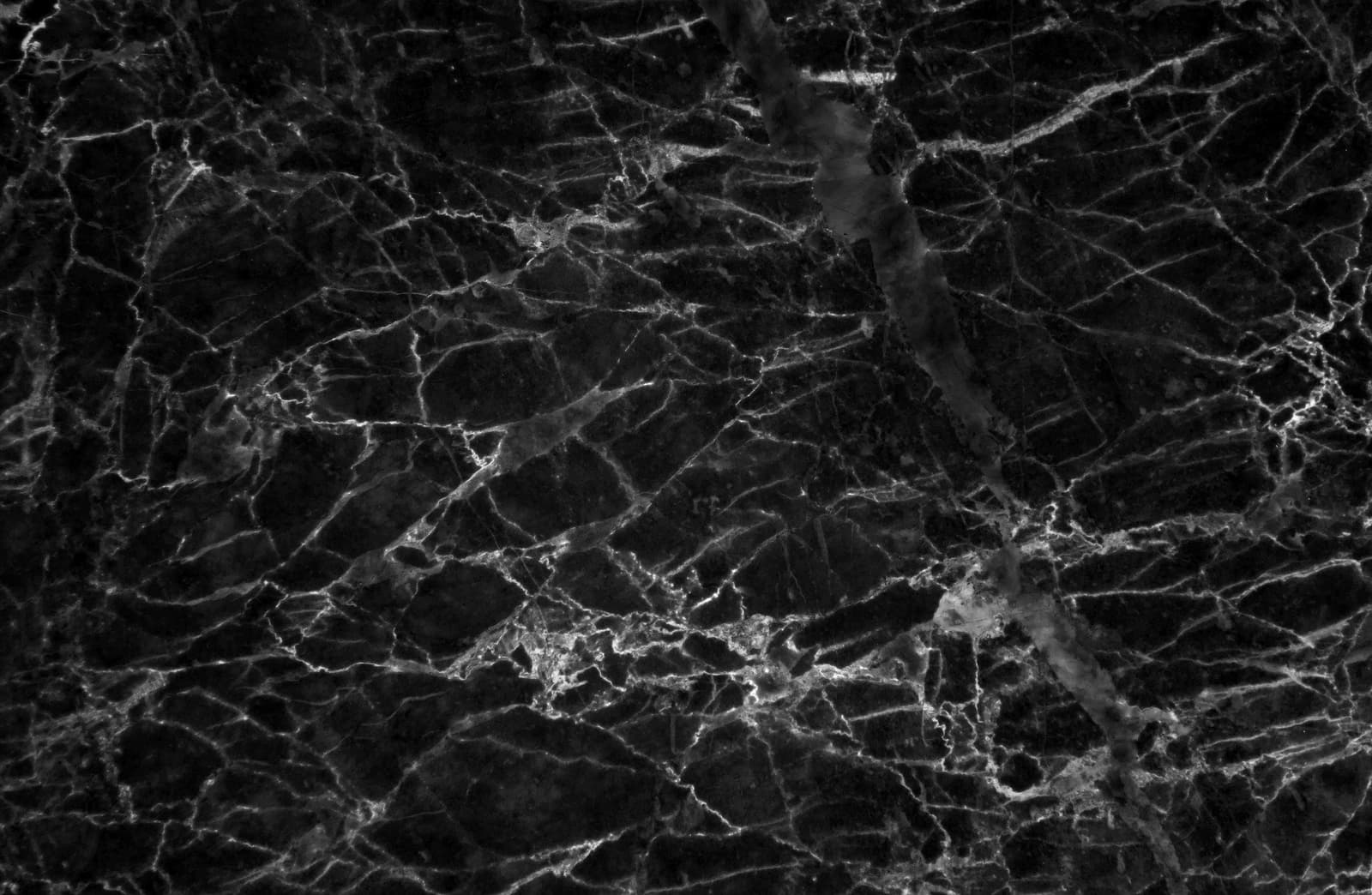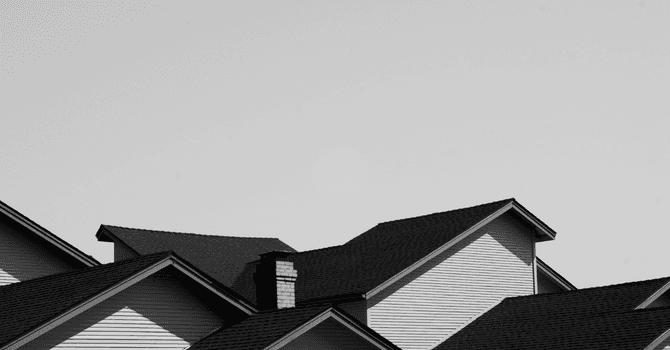How to Make Your Bathroom More Waterproof
By Editorial Team
Updated on September 5, 2024
By nature, the bathroom is a humidity-ridden and wet space. If you’re renovating your bathroom, avoiding waterproofing may save money in the moment, but it can lead to serious problems in the long run. Water dripping through the ceiling to the floor below, deteriorating tiles, peeling paint and mould are all realities of a bathroom that hasn’t been waterproofed.
To avoid these unwanted drips, leaks and other problems, it is important to waterproof your bathroom from the get-go or during a renovation project. Take care to properly waterproof your bathroom walls, floors and ceilings and for years to come your bathroom will continue to be the bathroom of your dreams!
Here are ways to make your bathroom more waterproof!
Source : Ora construction design inc
Proper Construction and Preparation
Unfortunately, the most common waterproofing mistakes occur in the bathroom construction and preparation process. When undertaking a bathroom renovation, it is crucial that all surfaces are prepared and primed properly, and that special attention is paid to joints between walls and floors as well as around drains in the floor. Surfaces should be smooth, and the excess of dirt, grime or particles that may build up during the renovation process should be cleared away.
Homeowners may choose to install a polyester reinforcement mat into internal corners of the shower recesses, or alternatively a waterproofing membrane. A waterproofing membrane can be applied to all surfaces, two coats should be applied and the bathroom should not be worked on until this material has fully dried. The drying process could take up to 5 days, depending on the humidity of your climate.
Further, there are specifically trained waterproofing professionals who can assist in this renovation project, so ask for help if needed!
Tiled Bathroom Floors
As gravity will force water downwards, any cracks in the floor of your bathroom can lead to serious problems. Seeping water could become dangerous quickly, as water manifesting in light fixtures on the floor below could cause short circuits and damage electrical work. Tile is an excellent option for keeping floors waterproof, controlling seeping water from moving through to the floorboards.
Make sure that if you have a tile floor already installed in your bathroom, that you are sealing grout annually. Further, honed tile is a slip-resistant surface, and as a result, will keep both washroom surfaces, family and friends safe.
Moisture Barrier
Source : Construction et rénovation ImmoZen Inc.
The section behind your shower is a serious breeding ground for moisture build-up and as a result, mould growth. Waterproof boarding or wallboard installed between the finished wall and insulation will prevent leaks from happening, and mould and mildew from forming. Make sure to seal your walls following the insulation process.
Not only will installing a moisture barrier preserve the surfaces of your bathroom, it will help to insulate it. Having a properly insulated bathroom will keep warmth in, especially during those chilly months. Another bonus is that this will keep energy bills at bay, and costs down in turn! If you're an environmentally conscious household, it would be worthwhile to install a moisture barrier.
Waterproof Bathroom Paint
The myth, the legend; yes, waterproof paint exists for your bathroom. When using paint in your bathroom, it is very important that you choose a waterproof coating paint to make sure severe damage does not occur. Not only should waterproof paint be used in your bathroom, but the surfaces should be properly primed with a waterproof primer before slapping on a coat of paint.
Make sure that primer has completely dried before moving on to painting. Waterproof paints are oil-based, this way water will bead off the walls rather than embedding itself into the surface. Painting with waterproof paint will follow the same method as regular paints, so make sure your bathroom is properly ventilated while completing this job.
Proper Ventilation
As stated, the bathroom is a very humid place and the more air that can escape, the more waterproof the space will be. When humidity collects on bathroom surfaces, tiny black specks of mould will begin to grow on newly painted walls and ceilings, even if waterproof paint has been used. Mould and mildew growth is a nightmare for any homeowner, as it can lead to various health problems.
Regardless of if you have a window that opens in your bathroom, it is recommended that you install an exhaust fan to further eliminate the build-up of moisture on surfaces.
Looking for something else?
Related articles
The latest industry news, interviews, technologies, and resources.

Editorial Team
•25 Jul 2025
Are you looking to add to your current living space? Whether it’s a solarium or a sunroom, they’re both great options. The question is, what’s the difference between the two?

Cynthia Pigeon
•07 Nov 2023
Marble has been praised for years, and not solely for its sleek beauty and stylish appearance. This type of flooring is, bar none, favoured by most.

Editorial Team
•03 Nov 2025
Sheet metal roofing is a durable and long-lasting material that offers excellent protection for your home, no matter how young or old of a structure! Of course, a sheet metal roof isn’t for everyone. This unique aesthetic choice may only suit some, and as with any roofing material, there are pros and cons to owning and taking care of sheet metal.

Editorial Team
•02 Oct 2024
Are you hoping to install new exterior siding on your house or update the existing material? Exterior wood siding is surely the best option as wood is a natural insulator, durable, and aesthetically pleasing.

Léa Plourde-Archer
•16 Jun 2025
Wondering how much roof repairs or a full replacement will cost? Should you repair that small leak or invest in a new roof altogether? What materials offer the best value for your budget? These are just some of the questions homeowners ask when planning a roofing project.